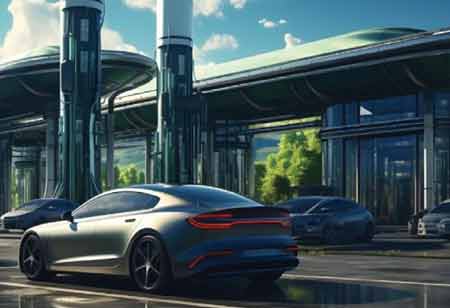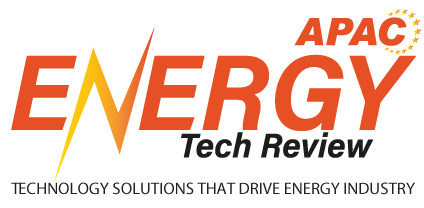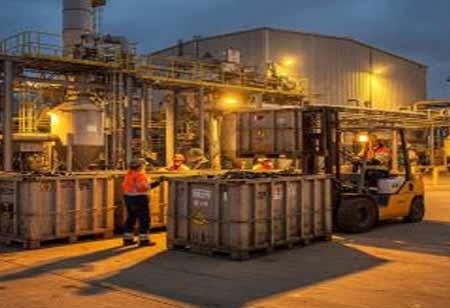CLOSE
Specials
I agree We use cookies on this website to enhance your user experience. By clicking any link on this page you are giving your consent for us to set cookies. More info
Be first to read the latest tech news, Industry Leader's Insights, and CIO interviews of medium and large enterprises exclusively from Energy Tech Review
Thank you for Subscribing
Advanced Fuel Cell Systems for a Sustainable Future
The energy technology industry has experienced significant expansion over the past decade, driven by a growing need for sustainable energy sources.

By
Energy Tech Review | Wednesday, November 20, 2024
Stay ahead of the industry with exclusive feature stories on the top companies, expert insights and the latest news delivered straight to your inbox. Subscribe today.
The energy technology industry has experienced significant expansion over the past decade, driven by a growing need for sustainable energy sources. This shift toward eco-friendly practices is fueled by growing public awareness, investments in technological innovations, and supportive regulatory frameworks. Among the most promising technologies within this sector are fuel cells, which play a crucial role in the Asia-Pacific (APAC) region’s decarbonization efforts. By generating electricity through an electrochemical process rather than relying on combustion, fuel cell systems offer a cleaner, more efficient way to power industries, transportation, and communities.
Technological innovations in the fuel cell market have significantly improved fuel cell systems’ efficiency, affordability, and scalability. Solid oxide fuel cells (SOFCs) and proton exchange membrane fuel cells (PEMFCs) are two of the most commonly used fuel cells, and they are increasingly being leveraged in transportation, industrial power, and backup power systems.
A significant trend shaping the current fuel cell market is the rise in investments in hydrogen refueling infrastructure (HRS), which, in turn, promotes the adoption of fuel cell vehicles (FCVs). This growth is supported by the expansion of hydrogen-powered cars and reinforced by favorable government policies and initiatives accelerating the deployment of hydrogen refueling stations. As the market for FCVs continues to grow, it is projected to reach 141,000 units by 2030 and rise to 328,000 units by 2035. China, Japan, and South Korea are leading the way with substantial HRS investments, boosting the APAC market.
Beyond transportation, fuel cell systems are gaining traction in industrial and residential applications. They are mainly used for primary and backup power, grid stabilization, and combined heat and power (CHP) configurations. These help industries reduce their carbon footprint and enhance energy efficiency. Stringent environmental regulations and government policies drive this shift towards fuel-cell-based energy solutions.
Government policies across APAC are providing robust support to fuel cell technologies. A key example of such support is Japan’s “Basic Hydrogen Strategy” and its subsequent revisions, which have been instrumental in advancing hydrogen and fuel cell technologies and establishing a hydrogen-based society. Similarly, several policies are being implemented across China and South Korea, while India is increasingly looking to enhance its energy transition plan with numerous pilot projects and collaborations.
In 2024, APAC has become a hub for research and development (R&D) in fuel cell technology. With notable investments in R&D, the region is paving the way for more cost-efficient fuel cells that can be deployed across various industries. Demonstrating this, Japan’s advancements in hydrogen and China’s focus on scaling fuel cell production have significantly contributed to global innovations in the sector. As the market expands, APAC is positioning itself as a key player in transitioning to a cleaner and more sustainable future.

Copyright © 2025 Energy Tech Review. All rights reserved






